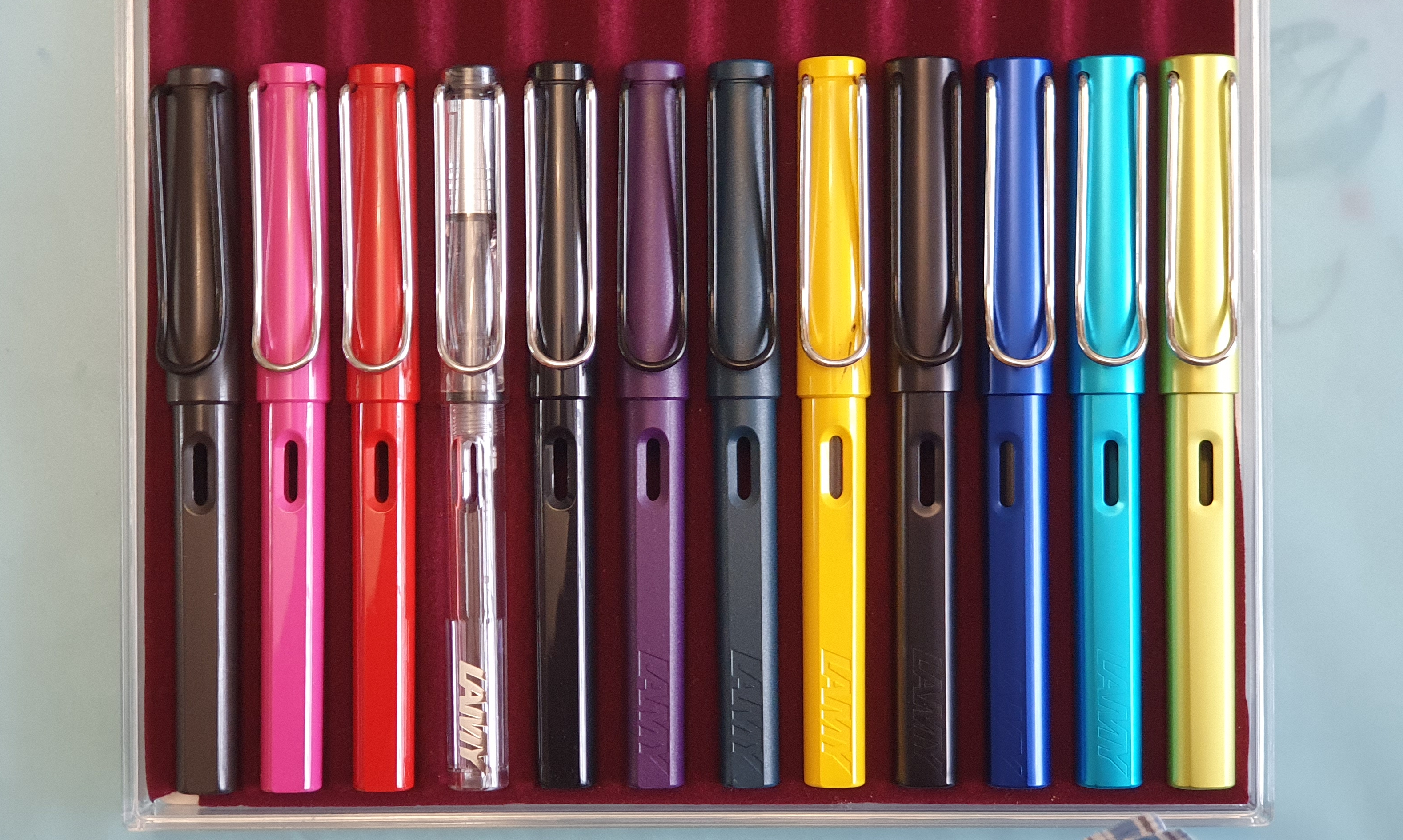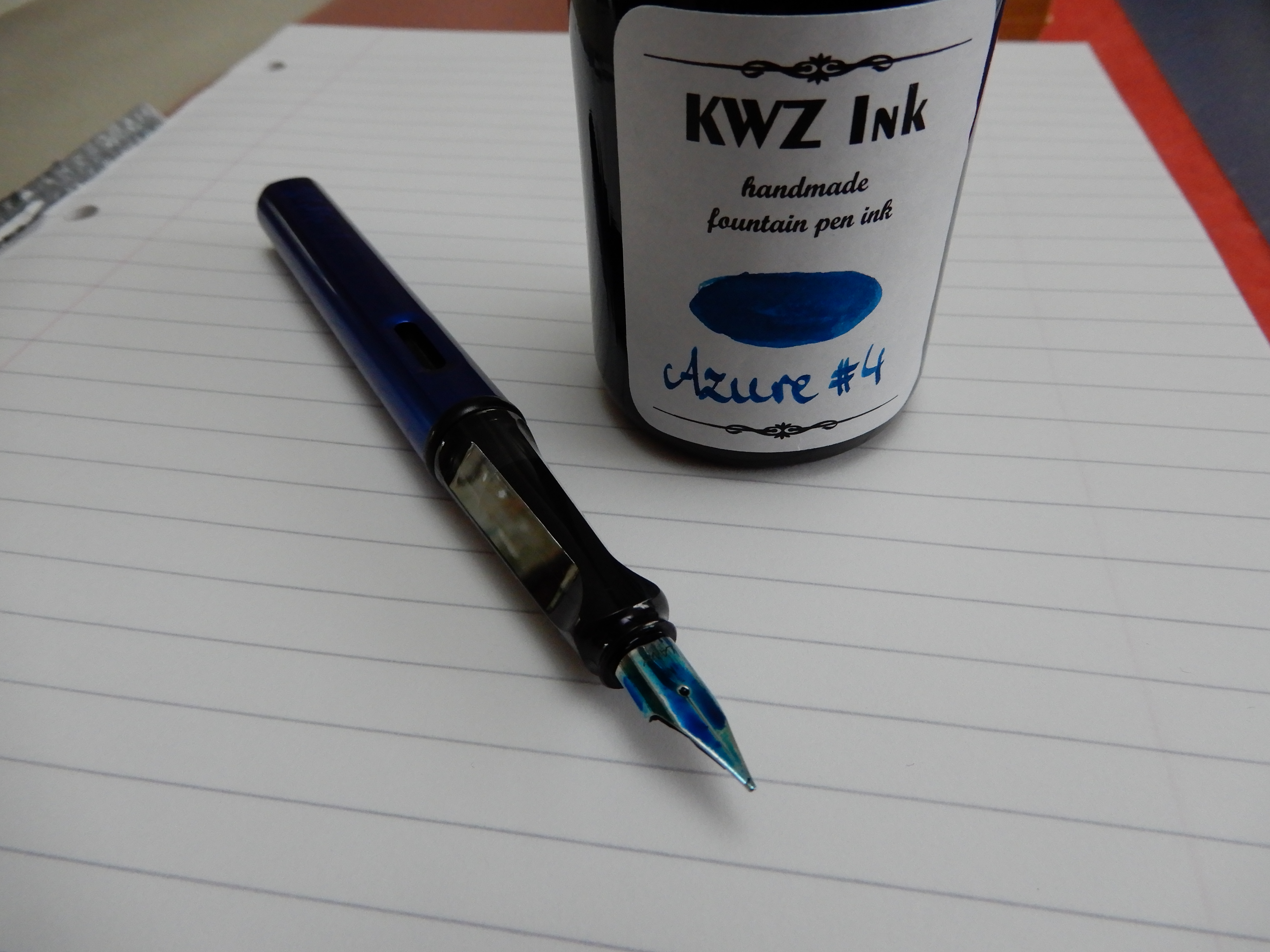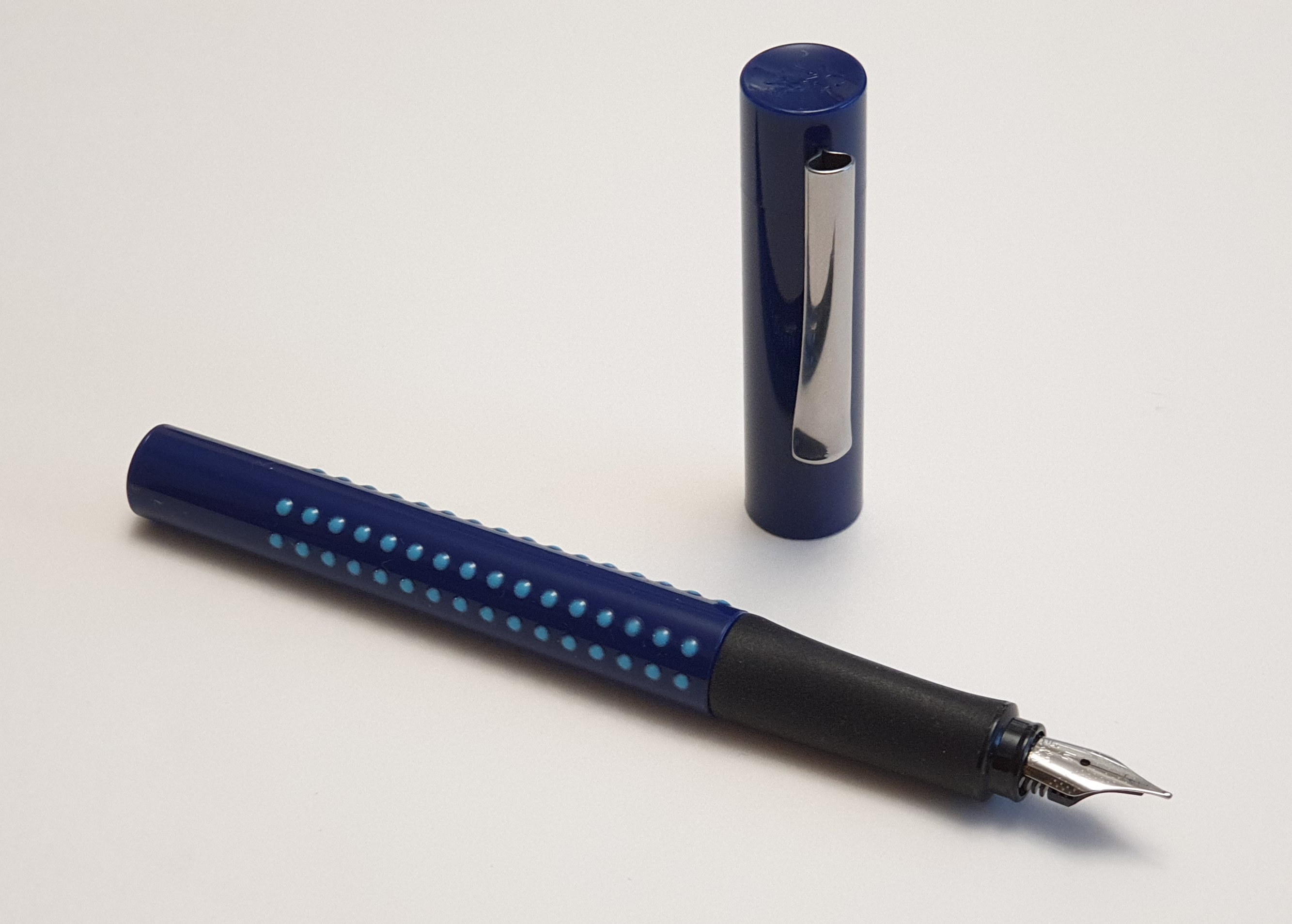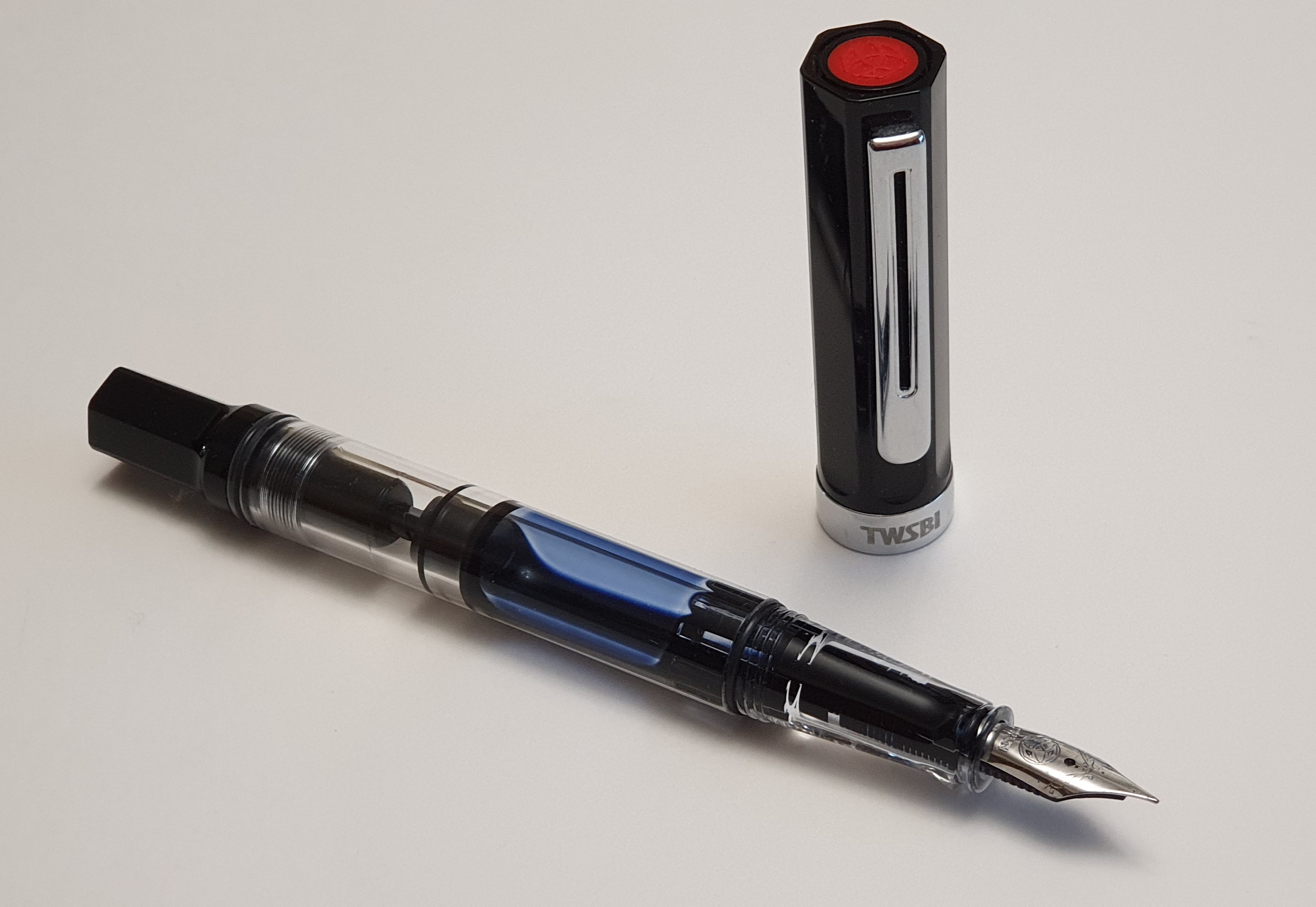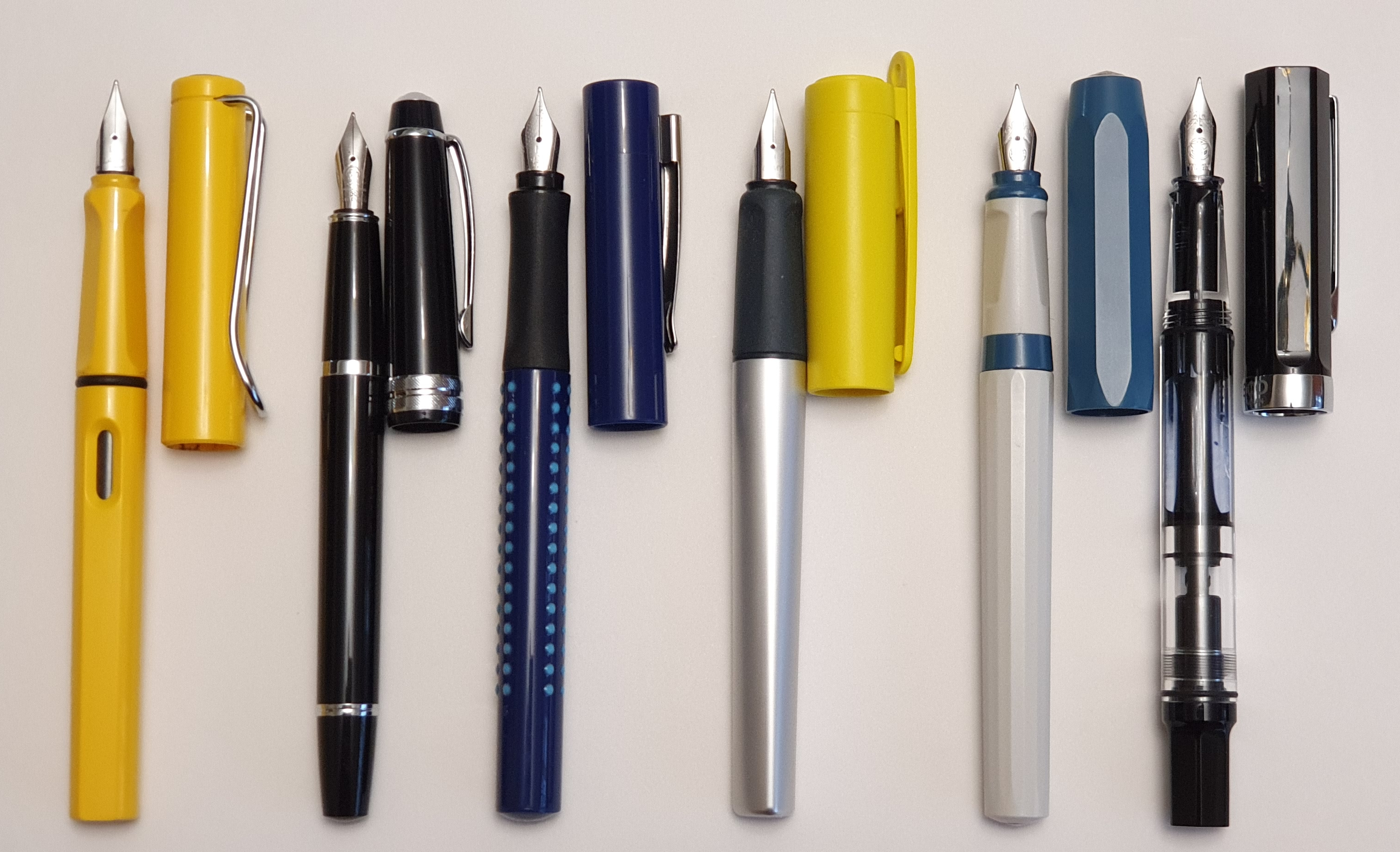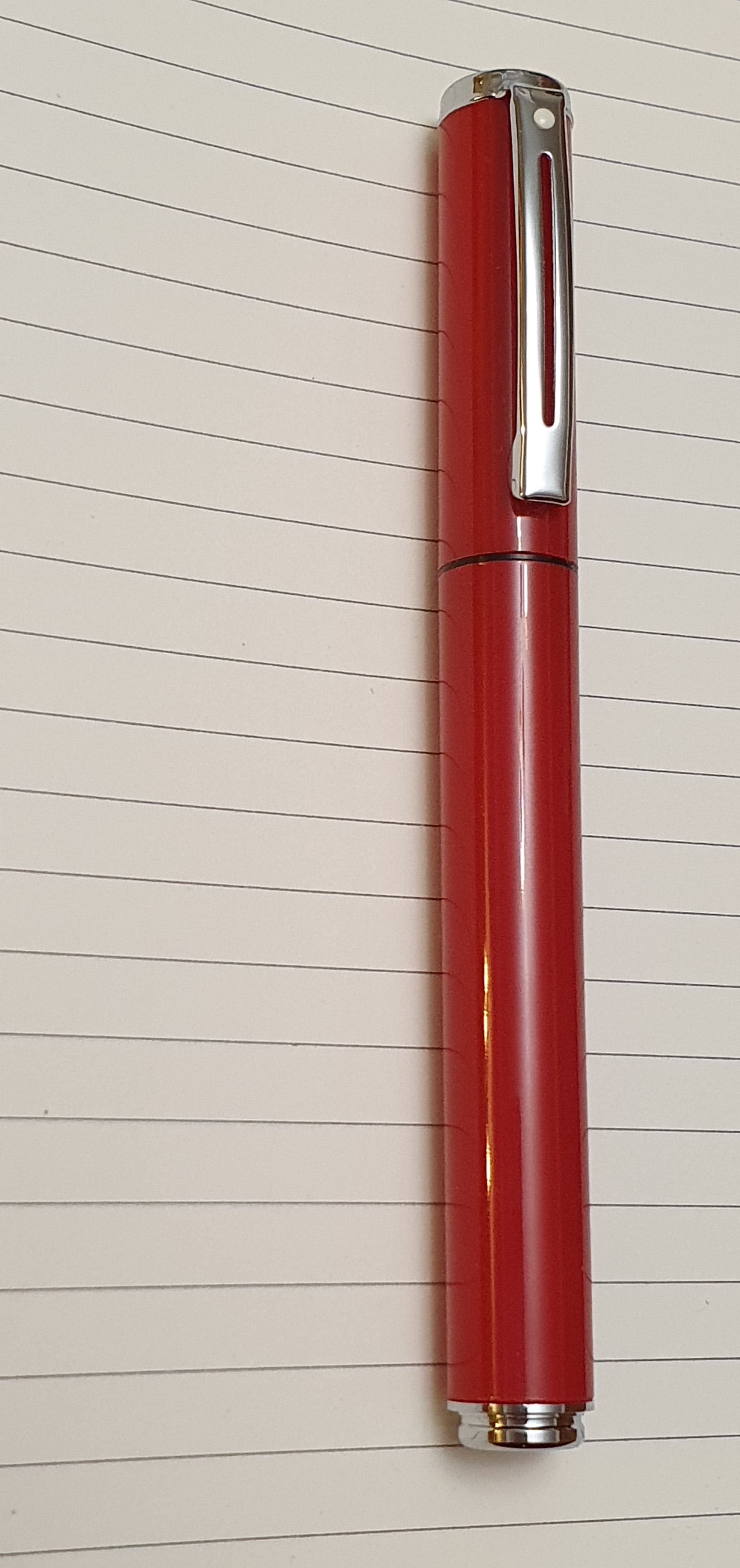On 23rd May 2020, I joined a live stream concert given by The Other Favorites, the duo Carson McKee and Josh Turner. This was their third such venture and was streamed from Josh’s apartment in Brooklyn, New York, conveniently timed at 2.00pm eastern time, being 7.00pm for us watching in the UK.

This was available to anyone who signed up via Crowdcast with a voluntary contribution, who then received a link to join the stream.
Some readers may recall that I was highly impressed with The Other Favorites, having found them on YouTube last year. I then got to see them at Bush Hall in Shepherd’s Bush last August and wrote a review here.
I saw Josh Turner in London again in October in Graceland Live at the Shepherd’s Bush Empire, with a band and The South African Cultural Choir UK. The first half was given to performances of selected Paul Simon songs up to the 1986 Graceland album interspersed with lively pieces from the choir. In the second half, the company performed the entire Graceland album with Josh on guitars and vocals. It was truly special to hear this classic album brought to life so vividly, 33 years after its release.
The Other Favorites were to have been touring again this year but this was not possible in view of the pandemic. Performing a livestream session from home enables musicians to generate some revenue during these times and also provides welcome “live” entertainment for fans also in lockdown.
I continue to be amazed by this duo. From a rainy afternoon in Brooklyn, with the sound of an occasional car horn from the street below, they gave a very professional performance. Carson McKee played acoustic guitar and seemed the more relaxed of the pair, giving such a steady rhythm guitar and warm vocal performance that it looked effortless. Josh meanwhile began on his Martin acoustic for the first five songs before switching to a Fender Telecaster for the next five and then a banjo.

They played for an hour with a good mix of original material and covers, then gave a Q&A session for another half hour, answering questions from the chat messages. The original pieces spanned their ten years of playing and writing together. “Flawed recording” was one of their earlier songs, whilst “Nineteen and Aimless” was the opening track from Josh’s 2019 album As Good A Place As Any.
Once again, their performance demonstrated their genre-hopping versatility which takes in singer- songwriter styles such as James Taylor, jazz, bluegrass and Americana murder ballads and, with equal gusto, Abba’s Mama Mia. Josh’s guitar and banjo work on these is sublime, but never over-the-top. Listening to these young men, it is not unreasonable to compare their talents to a young Paul Simon or James Taylor.
The songs that they played are listed below (not including the rendition of Happy Birthday for Josh’s mother), to which I have added links to some of the YouTube videos. I am not sure if I have the title correct for number 7 but it was one of the standout pieces of the night and is one to watch out for.
Setlist:
- Angelina (original)
- Sixteen tons (Tennessee Ernie Ford)
- Little Sadie (Crooked Still)
- The Ballad of John McCrae (original)
- Table for One (original)
- Nineteen and aimless (original)
- I feel a certain change comin’ round (original)
- Hey Good Lookin’ (Hank Williams)
- Low Country (original)
- Moonlight in Vermont (Frank Sinatra)
- Nine Pound Hammer (Merle Travis)
- Mama Mia (Abba)
- 1952 Vincent Black Lightning (Richard Thompson)
- Flawed recording (original)
- Folsom Prison Blues (Johnny Cash).
Edit. 5 January 2022. I now know that song number seven is called Colorado Cowboy.
What we learned in the Q&A.
Asked whether they ever heard from artists they covered, they mentioned Robin Pecknold of Fleet Foxes. They had also performed with the Backstreet Boys. However, Josh had never met Paul Simon or interacted with him in any way, which was surprising given Josh’s involvement in the Graceland show last year as well as the Simon & Garfunkel story, theatre show.
Asked when they had started in music full time, Josh had worked in retail for three or four years after college, building up some revenue from Youtube and Patreon but it was not until it became feasible for him to tour repeatedly that he gave up his day job, in late 2018. For Carson, it was as recently as late 2019 that he stopped work in an Apple Store.
Josh clearly is keen on the technical aspects of recording and streaming to the web. Asked about their set-up for this show, Josh turned the camera on some of their gear, showing the mics all going into a Zoom L-8 mixing/recording board (given by Zoom after they had appeared in an advertisement) but I then got lost as he explained the signal path through the compressor and computer software, for the audio and video.
As for their dream venues to perform in, Carson named the Ryman Auditorium in Nashville and the Troubadour in LA, as the most iconic for him, to which Josh added Clowes Memorial Hall in Indianapolis, Indiana, being at his old alma mater.
Josh had studied music theory at high school and at college. We did not see his classical guitar work this evening (or the mandolin, lute, keyboards or percussion instruments that he sometimes plays in his videos). Asked about artists he admired, he listed Glen Campbell and Chet Atkins. However, in answer to a suggestion about appearing with mandolinist Chris Thile on his show Live From Here, Josh dismissed this as being way too intimidating as Chris Thile and his approach to music “is on such another level.” So even our heroes have heroes.
The Other Favorites do plan to host another livestream towards the end of June. They also mentioned a planned comedy project in the pipeline, where we would get to see Carson exercise his acting chops. Their long history of playing together has produced a great body of work on YouTube and they keep getting better and better. Just as I finished re-watching the livestream, YouTube brought up a song that they had recorded, singing in Japanese!





